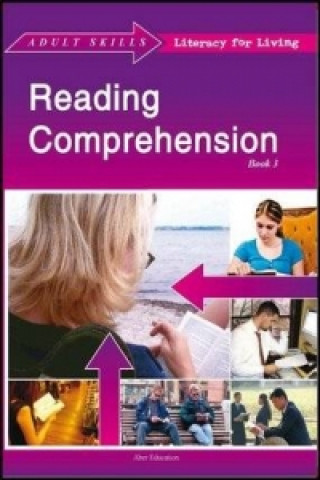
Kód: 04256974
Reading Comprehension
Autor Dr. Nancy Mills
Who is this resource for? This set of 30 short stories is designed to provide reading and comprehension material that is appropriate for adults who have literacy skills that do not allow them to be and/or feel successful in their ... celý popis
- Jazyk:
 Angličtina
Angličtina - Vazba: Brožovaná
- ISBN-13: 9781842851012
Nakladatelství: GLMP Ltd, 2008
- Více informací o knize

Mohlo by se vám také líbit
-
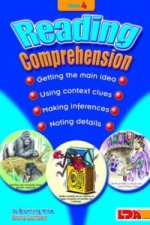
Reading Comprehension
237 Kč -
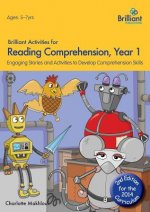
Brilliant Activities for Reading Comprehension, Year 1 (2nd Ed)
758 Kč -
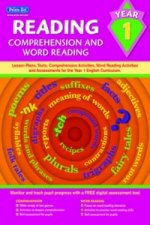
Reading - Comprehension and Word Reading
892 Kč -
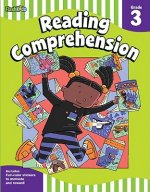
Reading Comprehension: Grade 3 (Flash Skills)
139 Kč -

Istanbul
323 Kč -
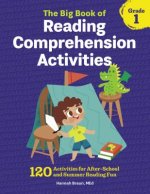
The Big Book of Reading Comprehension Activities, Grade 1: 120 Activities for After-School and Summer Reading Fun
327 Kč -
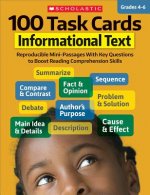
100 Task Cards: Informational Text: Reproducible Mini-Passages with Key Questions to Boost Reading Comprehension Skills
336 Kč -
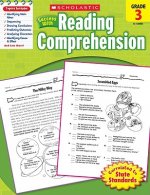
Scholastic Success With Reading Comprehension, Grade 3
227 Kč -
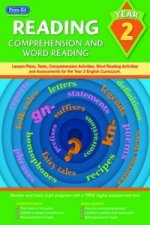
Reading - Comprehension and Word Reading
892 Kč -
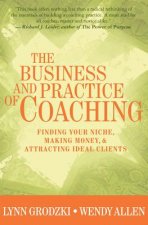
Business and Practice of Coaching
1191 Kč -
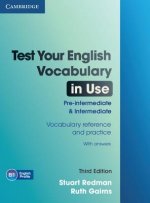
Test Your English Vocabulary in Use Pre-intermediate and Intermediate with Answers
544 Kč -
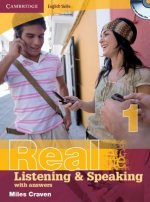
Cambridge English Skills Real Listening and Speaking 1 with Answers and Audio CD
873 Kč -
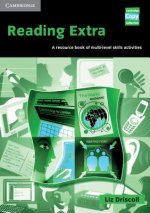
Reading Extra
1418 Kč -
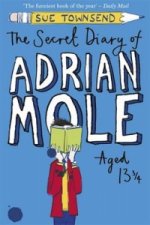
Secret Diary of Adrian Mole Aged 13 3/4
205 Kč
Darujte tuto knihu ještě dnes
- Objednejte knihu a zvolte Zaslat jako dárek.
- Obratem obdržíte darovací poukaz na knihu, který můžete ihned předat obdarovanému.
- Knihu zašleme na adresu obdarovaného, o nic se nestaráte.
Informovat o naskladnění knihy
Zadejte do formuláře e-mailovou adresu a jakmile knihu naskladníme, zašleme vám o tom zprávu. Pohlídáme vše za vás.
Více informací o knize Reading Comprehension
Nákupem získáte 78 bodů
 Anotace knihy
Anotace knihy
Who is this resource for? This set of 30 short stories is designed to provide reading and comprehension material that is appropriate for adults who have literacy skills that do not allow them to be and/or feel successful in their everyday lives. A number of reasons account for the large number of adults in this category. Failure in school, a broken family, illness, negative life experiences, emigration, second language English and many other causes may have contributed to their situation. Most of these adults are aware of their needs. They also often lack confidence in their reading ability and wish to improve and further develop their literacy skills.This is hard to achieve by oneself, so many adults look for support. Seeking help is a huge step. Adults who seek help may have different motivations, including getting a job or moving up the job ladder. Or it may mean gaining independence in commonplace tasks such as sitting a driving exam, writing a grocery list, reading the newspaper or doing personal banking.A significant result of their efforts in literacy programs, in addition to increasing their reading skills, is the improvement of their self-image. They will be able to feel the effects in every part of their lives. How is the resource organized? The stories have been placed according to a continuum that gets gradually more difficult. The stories contain simple, repetitious words in sentences that are at first short but then increase in length through the resource. Each story is accompanied with a photo or graphic, and five comprehension questions.This resource is produced in the form of black line master worksheets. Ideas for using photocopiable worksheets are suggested at the end of this introduction. How is comprehension tested? The purpose of reading is for readers to gain information from the written word. It is possible to 'say' a word accurately but get no meaning or only a limited meaning from it. Therefore, checking the readers' understanding or comprehension of the text they have read is very important. Start by asking your students what the purpose of reading is. Many will answer with phrases such as 'learning to spell', or 'saying the words'. If necessary explain to them that the whole point of reading is to take the meaning out of the words that the writer put there.You might like to discuss the fact that it doesn't matter too much whether they read every word correctly, or whether they sound good when reading aloud. What matters is whether they take the meaning from the text. Ask the students how you will know that they have understood the text. They will come to realize that by answering the questions accurately, they are demonstrating that they have actually read the text, ie that they have understood the meaning behind the individual words. After your initial assessment of each of your students, you may find some of them need to start by discussing what the story is about, and even, in the early stages, by reading the story once or twice to them before they try reading it. Then, having read the story as many times as they feel they need to in order to understand the meaning, the students will complete the five comprehension questions that accompany that particular story.Questions test a variety of comprehension skills and go beyond basic recall. Most of the questions are literal, inferential or evaluative. Literal questions require the readers to be able to answer questions in the following formats: true/false, multiple choice, matching, sequencing, skimming and filling in the blanks. Inferential and evaluative questions require the reader to think beyond the words or to 'read between the lines', picking subtle clues that are not immediately obvious. These questions usually require the reader to write answers based on their understanding or opinion of the story, draw conclusions, make predictions, identify main ideas and use context to guess meaning. Some of the stories require the use of reference materials such as a dictionary, maps and diagrams.
 Parametry knihy
Parametry knihy
Zařazení knihy Knihy v angličtině Fiction & related items Fiction: special features Short stories
779 Kč
- Plný název: Reading Comprehension
- Autor: Dr. Nancy Mills
- Jazyk:
 Angličtina
Angličtina - Vazba: Brožovaná
- EAN: 9781842851012
- ISBN: 1842851012
- ID: 04256974
- Nakladatelství: GLMP Ltd
- Hmotnost: 274 g
- Rozměry: 296 × 220 × 15 mm
- Datum vydání: 30. September 2008
Oblíbené z jiného soudku
-
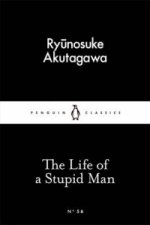
The Life of a Stupid Man
121 Kč -
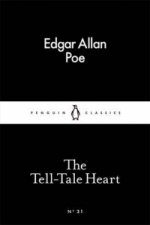
The Tell-Tale Heart
89 Kč -
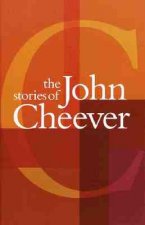
Stories of John Cheever
476 Kč -

Dark Tales
276 Kč -
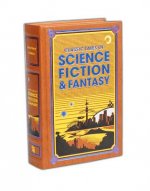
Classic Tales of Science Fiction & Fantasy
586 Kč -

Close Range : Brokeback Mountain
302 Kč -
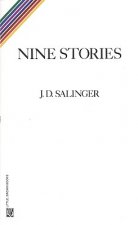
Nine Stories
224 Kč -

Complete Short Stories
433 Kč -
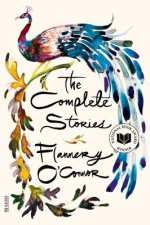
Complete Stories
483 Kč -

Will You Please Be Quiet, Please?
302 Kč -
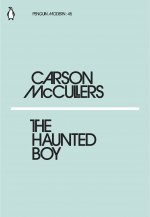
Haunted Boy
71 Kč -

Dinosaurs on Other Planets
287 Kč -
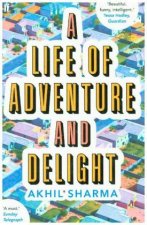
Life of Adventure and Delight
249 Kč -
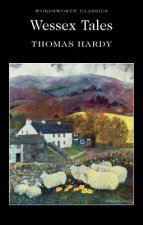
Wessex Tales
116 Kč -
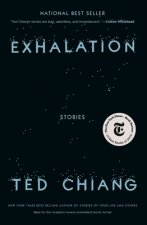
Exhalation
695 Kč -
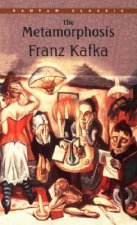
Metamorphosis
116 Kč -

Someone Who Will Love You in All Your Damaged Glory
410 Kč -
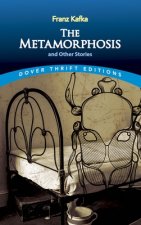
Metamorphosis and Other Stories
116 Kč -

Metamorphosis
196 Kč -

Mr Salary
143 Kč -

Complete Stories Volume I
276 Kč -
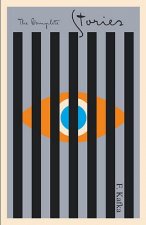
The Complete Stories
421 Kč -
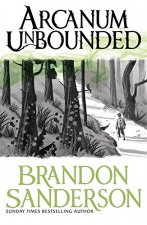
Arcanum Unbounded
323 Kč -

Tales of Japan
517 Kč -

To Build a Fire and Other Stories
212 Kč -
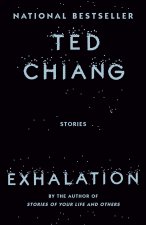
Exhalation
290 Kč -

Investigations of a Dog
89 Kč -

Complete Stories Volume II
224 Kč -
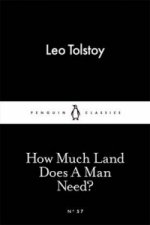
How Much Land Does A Man Need?
89 Kč -

Gaza Writes Back
487 Kč -

Overcoat and Other Short Stories
143 Kč -

Haunted
223 Kč -
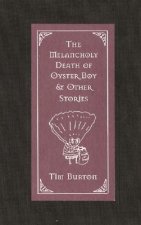
The Melancholy Death of Oyster Boy
478 Kč -

Metamorphosis and Other Stories
249 Kč -

Legends of the Fall
276 Kč -

Complete Stories
378 Kč -

Bad Behavior
302 Kč -

Tinderbox
63 Kč -

Exile and the Kingdom
276 Kč -

Aleph and Other Stories
401 Kč -

Sunvault
302 Kč -

Palestine's Children
662 Kč -
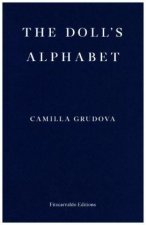
Doll's Alphabet
302 Kč -
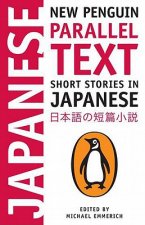
Short Stories in Japanese
302 Kč -
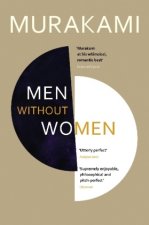
Men Without Women
205 Kč -
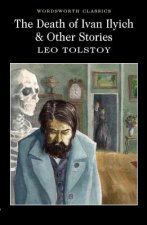
The Death of Ivan Ilyich & Other Stories
116 Kč -
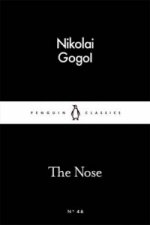
Nose
145 Kč -

Delta of Venus
302 Kč -

Nikki Heat Book Five - Deadly Heat: (Castle)
249 Kč
Osobní odběr Praha, Brno a 12903 dalších
Copyright ©2008-24 nejlevnejsi-knihy.cz Všechna práva vyhrazenaSoukromíCookies



 Vrácení do měsíce
Vrácení do měsíce 571 999 099 (8-15.30h)
571 999 099 (8-15.30h)